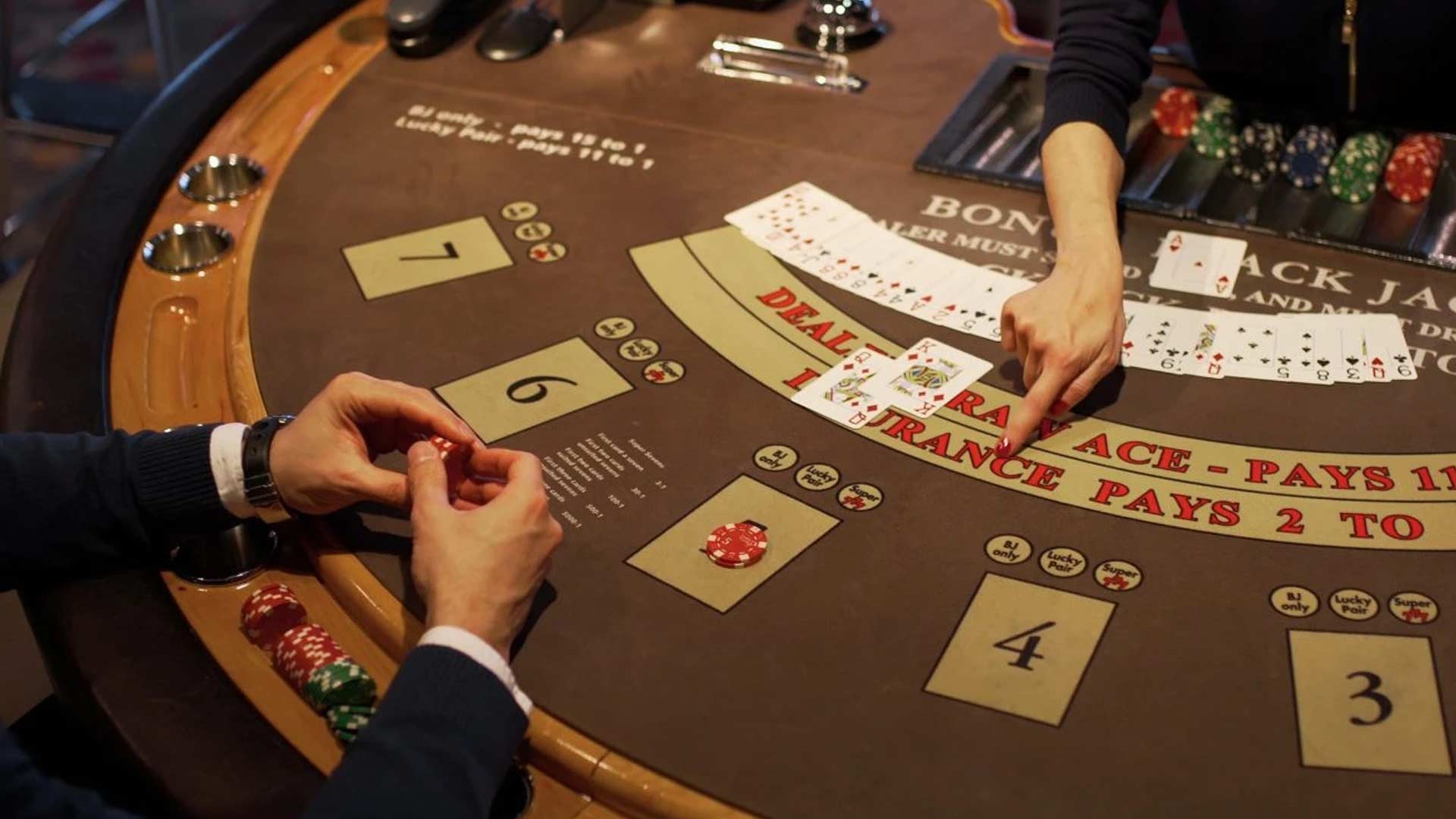From Family Taverns to Casino Megastructures
From Family Taverns to Casino Megastructures
The evolution of entertainment venues, particularly those involving games of chance, presents a fascinating journey from humble beginnings to opulent, sprawling complexes. Imagine a dimly lit tavern, perhaps a bustling inn where travelers and locals alike would gather, sharing stories, breaking bread, and occasionally engaging in a friendly wager over a hand of cards or a dice roll. Fast forward centuries, and this picturesque scene has transmuted into the glittering, often overwhelming reality of the modern casino megastructure, a self-contained universe designed for ultimate leisure and high-stakes thrills.
For centuries, the concept of public gambling was intertwined with social hubs. Taverns, inns, and alehouses served as the primary gathering points for communities. Here, alongside food and drink, rudimentary forms of gambling flourished. These were informal affairs, often unregulated, where patrons could engage in card games like Faro or Basset, or simple dice games. The atmosphere was convivial, the stakes often modest, and the primary purpose of these establishments remained hospitality. They were not designed solely for gambling but rather incorporated it as a form of social pastime, a way to pass the time and engage with fellow patrons, marking the earliest stages of gambling evolution.
As societies grew more complex and urbanized, the demand for more sophisticated and dedicated gaming spaces emerged. The 17th and 18th centuries saw the rise of specialized gaming houses, particularly in Europe. Venues like the Ridotto in Venice (established 1638) are often cited as precursors to modern casinos. These establishments began to offer a more structured and regulated environment for gambling, moving beyond the casual wagers of taverns. While still far from the grand scale of today's resort casinos, they marked a significant step towards legitimizing and formalizing the gaming experience. They introduced elements of decorum, security, and a wider range of games, laying the groundwork for the industry to come.
The true metamorphosis began in the 20th century, notably in the United States, with Nevada leading the charge. The legalization of gambling in Nevada in 1931, coupled with the completion of the Hoover Dam attracting workers and tourism, created fertile ground for the birth of the integrated resort. Early Las Vegas casinos like the Flamingo and the Sahara weren't just about gaming floors; they combined hotels, restaurants, and live entertainment. This was a revolutionary concept: offering a complete vacation experience where gambling was a central, but not exclusive, attraction. The idea was to keep guests on-site, providing every amenity they could desire, from comfortable lodging to fine dining and world-class shows. This model proved immensely successful, turning barren desert landscapes into vibrant, economic powerhouses and firmly establishing the concept of the luxury gaming destination.
The late 20th and early 21st centuries witnessed an explosion in the scale and ambition of casino properties. What began as integrated resorts evolved into 'megastructures' or 'integrated entertainment resorts.' These are not just buildings; they are self-contained cities, often boasting thousands of hotel rooms, multiple gaming floors featuring a vast array of slot machines and table games, an array of celebrity chef restaurants, high-end retail shopping malls, convention centers, spas, nightclubs, and elaborate entertainment venues hosting residencies by global superstars. Think of the Venetian or the Bellagio in Las Vegas, or the Cotai Strip in Macau. These colossal developments are designed to attract a broad spectrum of visitors, not just avid gamblers, but also tourists, business travelers, and families seeking a comprehensive entertainment complexes. The sheer scale requires immense investment and sophisticated management, transforming the local hospitality industry and creating countless jobs. Even for those who prefer the convenience of playing from home, accessing various platforms has become incredibly simple; for instance, many find the process to m88.com login casino straightforward for their online gaming needs, reflecting the industry's pervasive reach.
Modern casino megastructures are arguably more entertainment complexes than pure gambling dens. While gaming revenue remains crucial, a significant portion of their income now derives from non-gaming sources – hotel stays, food and beverage sales, retail, and live shows. This diversification is a strategic move to broaden appeal and mitigate risks associated with fluctuating gaming demand. They invest heavily in creating unique attractions, from intricate water shows and botanical gardens to art installations and celebrity-run nightclubs. This holistic approach caters to a global audience, positioning these resorts as premier tourist destinations that offer something for everyone, far beyond just the turn of a card or the spin of a roulette wheel, solidifying their status within the global tourism industry.
The economic impact of these casino megastructures is profound. They are engines of job creation, supporting a vast ecosystem of industries from construction and hospitality to security and entertainment. They generate significant tax revenues for their host regions, often funding public services and infrastructure projects. However, their growth also raises discussions about responsible gaming and potential social impacts, which the gaming industry continually addresses through various initiatives. Looking ahead, while online gambling continues its rapid expansion, the allure of the physical casino megastructure – with its unparalleled scale, luxury, and live entertainment – remains undiminished. These colossal centers of leisure are constantly innovating, adapting to new technologies, and refining the guest experience, ensuring their enduring place as beacons of global entertainment and tourism, a far cry from the modest taverns of yesteryear.
tag: M88,



